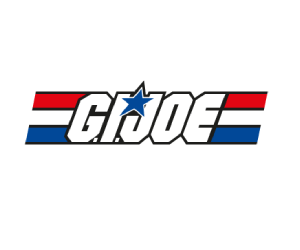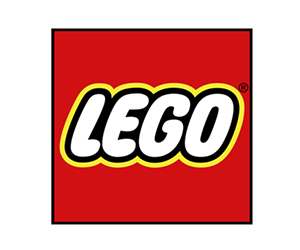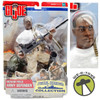Description
America lost more than its innocence on the morning of December 7, 1941. For months, representatives from the United States and Japan were in negotiations to halt the Japanese advance in Asia. While negotiations continued, Japan was plotting action of a different kind: they were readying plans to destroy the U.S. Pacific Fleet stationed at Pearl Harbor, Hawaii. With the destruction of the U.S. Fleet, Imperial Forces were confident they could conquer all of Asia. The Japanese full-scale assault on Pearl Harbor, launched on Sunday morning December 7, 1941, ranks as one of the watershed events in American history. President Franklin D. Roosevelt declared the date of the attack, December 7, 1941, as a date "which will live in infamy."
Hickam Airfield
Hickam Airfield, a U.S. Army Air Corps installation located at the southeastern tip of the harbor, was deep in its normal Sunday routine on the morning of December 7, 1941. Some personnel were busy eating the first meal of the day, while others readied obsolete B-18 bombers for training flights. All that changed at 7:53 a.m., when the first wave of Japanese warplanes descended upon the airfield in a fiery storm of bombs and machine gun fire. Before soldiers even knew what hit them, the repair hangar, the chapel, the mess hall, the firehouse and other locations were engulfed by the flames from Japanese bombs. Survivors bravely manned tripod-mounted 30 caliber machine guns, rifles, pistols and anything else they could find, but the assault was too intense and far too swift for the installation to be defended. Within fifteen minutes, the first wave of the assault was over, and Hickam Field was left a burning and devastated wreck.
When the second wave of Japanese bombers approached roughly an hour later to finish the destruction of Hickam Field, the Japanese bombers were in for a surprise of their own. Heavy anti-aircraft fire from the ground pierced the skies as the planes approached. In the midst of the flames and heavy shelling from the Japanese warplanes, the Army Air Corps soldiers put up a valiant fight to defend the surviving soldiers, planes and buildings. Within ten minutes, the shelling stopped, and emergency crews immediately began tending to the wounded and fighting the infernal fires that blazed all around the base. Out of the 12 B-17s, 33 B-18s and 12 A-20 attack bombers stationed at Hickam Airfield, the Japanese bombardment destroyed 4 B-17s, 12 B-18s and 2 A-20s roughly one third of the air strength present. Even more devastating were the human casualties incurred at Hickam. At Hickam Airfield alone, 121 servicemen were killed, 274 were wounded and 37 soldiers were reported missing. Had the courageous soldiers there not acted with such swiftness and determination, the numbers would most certainly have been even higher.
Despite the extensive damage and loss of life suffered at Pearl Harbor, the Japanese did not succeed in destroying the Pacific Fleet, or the base itself. Repair shops, the Navy Yard, ammo dumps and the oil supply were not largeted, and all three U.S. carriers were out to sea at the time of the attack. Americans regrouped to repair and rebuild the base, and it became the nerve center for the U.S. victory in the Pacific. A memorial rests above the sunken Arizona, and a flag flies proudly from its severed mainmast. The architecture of the memorial is itself symbolic of the Pacific war: the low middle symbolizes the initial defeat, while the raised ends symbolize the ultimate victory a victory that would have been impossible without the sacrifice, bravery and determination of those who fought at Pearl Harbor.
Instructions included for loading and firing weapon - Pearl Harbor collection - Equipment List: .30 caliber machine gun on tripod, Ammo belt, 8 ammo pouches, White t-shirt, Khaki pants, Boots with leggings, M1917A1 helmet, Dog tag - Ages 5 and up - Hasbro 2000
The card has some wear and tear on the edges, flat surfaces, and corners. The plastic packaging front may have some minor scratches and denting as well as separation from the backing cardboard. The item itself is in great condition.












































